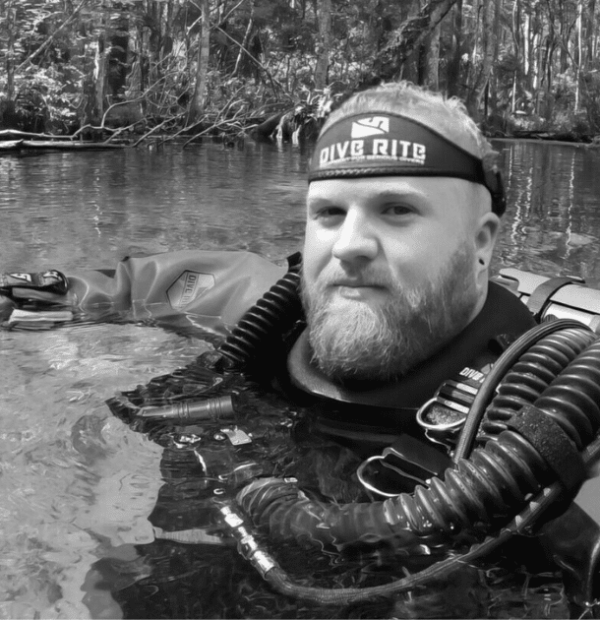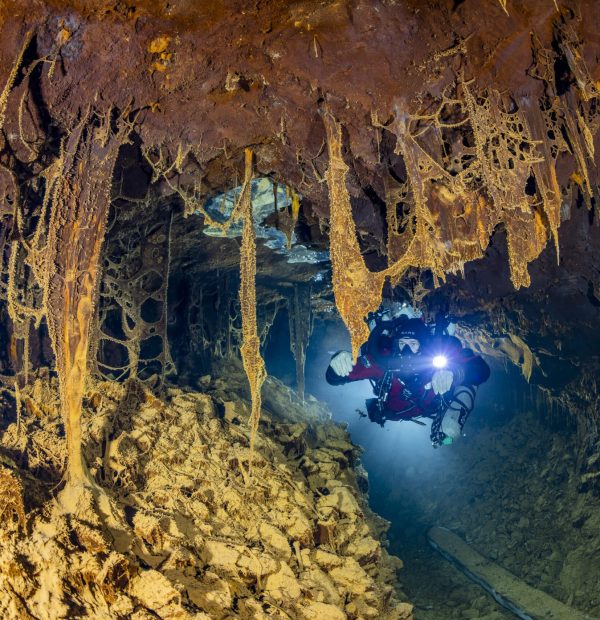Thursday, 16 May 2024
Menu

Protecting our hands from injury and from the effects of low temperatures is a very important part of enjoying being underwater and, as a result, diving successfully. Depending on the conditions in which we will have to dive, and the equipment we already have at our disposal, we should properly select the gloves that will best meet our needs.
The main division among the gloves is into wet and dry ones. The former can be used with any type of wetsuit and depending on the body of water and temperature, you can choose the right model. Dry gloves, on the other hand, can only be used in combination with rings and a dry suit.
Whichever type we decide on, we need to remember the elementary things. The right thermal is not everything. We have to compose the right set of features which our gloves will have, tal so that they are useful and do not spoil our pleasure of diving. In addition to the heating function, we must remember that our gloves should not cause us problems with operating our equipment, so they must not limit our manual skills too much (with time we will cope better in thicker and thicker gloves). Durability is the third basic feature which should be taken into account. A material poorly selected for our needs will quickly be verified by life, and we will have to buy another pair, or repair a damaged one. The right balance between the above-mentioned attributes, taking into account the environment in which we dive, will give us the optimal set.
Thermals – In the case of wet gloves, the thickness of the neoprene from which they are made will affect the insulation of our hands. As a standard, we encounter three values – 3mm, 5mm and 7mm. You can also find gloves with a thickness of 1.5-2.5mm, but these are usually made of materials other than neoprene and are only suitable for extremely warm places (e.g. Thailand, Bali, etc.). 3mm gloves are a good solution for warm and moderately warm waters. They will provide protection against cold and cuts, but because they are relatively thin, they are not reinforced with anything, so it is better to be careful what our hands touch. 5mm is the so-called “optimum” or “golden mean”, the most popular and universal glove thickness. They can be used in moderately warm, moderate and cold waters. The thickest 7mm is a solution for cold and very cold waters and situations where we are forced to stay in low temperatures for a long time (e.g. under ice, deep diving). The last option are dry gloves which do not provide any insulation on their own, but in combination with polartec gloves or insulating inserts, they provide a high level of comfort and at the same time limit your dexterity much less than 7mm neoprene.
Durability – while neoprene itself is not a very strong material and in contact with pieces of reef, metal elements of wrecks or shells, it can be easily damaged, many manufacturers of gloves use reinforcements which, although reduce the elasticity of the glove, increase its durability and improve grip, as a result of which, even with a strongly limited feeling, various objects do not fall out of our hands. The most common material used for lining the inside of the glove is Kevlar, which is strong and hard to cut, sometimes we can also find other more flexible inserts, but they are not as resistant to damage. Dry gloves are relatively delicate, but they are easy to repair, and with a little practice, we will gain a feel that will definitely reduce the risk of damage.
The market offers a huge number of models that differ in many details. We have gloves with 3 and 5 fingers, with Velcro or a zipper for easy putting on and taking off, or with a double cuff to reduce water flow. In addition, the colour also matters, most are black, but we can opt for a little extravagance, which will make many items in our hands, more visible. When choosing your pair, remember not to make them too big or too tight, as they will then not fulfil their primary role – protection against the cold. In the case of dry gloves, remember to measure them together with the insulation you will be using, otherwise it may turn out that they are too tight and will not fulfil their role. The better the materials and the greater the number of features, the higher the price of the equipment will be.
Certainly in the course of our diving adventure we will use many different models, which as we grow and diversify our dives will also change to best meet our requirements.
Source: own










Welcome to DIVERS24.COM, your daily source of scuba news, freediving, scuba diving information, and equipment reviews. Our comprehensive coverage of the dive industry from A to Z provides you with all the latest scuba news, training updates, underwater photography tips, and everything else related to scuba diving. Whether you’re a beginner or an experienced diver looking for more knowledge about scuba gear or techniques – we’ve got it covered! With our in-depth articles written by experienced divers who have been there and done that, you are sure to find exactly what you need here at Divers24.com. Dive into scuba news today!
Underwater Media Sp. z o.o.
Szafarnia 11/F8,
80-755 Gdansk, Poland
Welcome to DIVERS24.COM, your daily source of scuba news, freediving, and scuba diving information. Sign in for a weekly news update and discount coupons for dive gear and apparel.
@2023 - underwatermedia.pl. All Right Reserved. Designed and Developed by Tworzenie stron internetowych Gdansk

The Divers24 portal is currently the largest online medium treating diving in Poland. Since 2010 we have been providing interesting and important information from Poland and around the world on all forms of diving and related activities.
Contact us: info@divers24.com